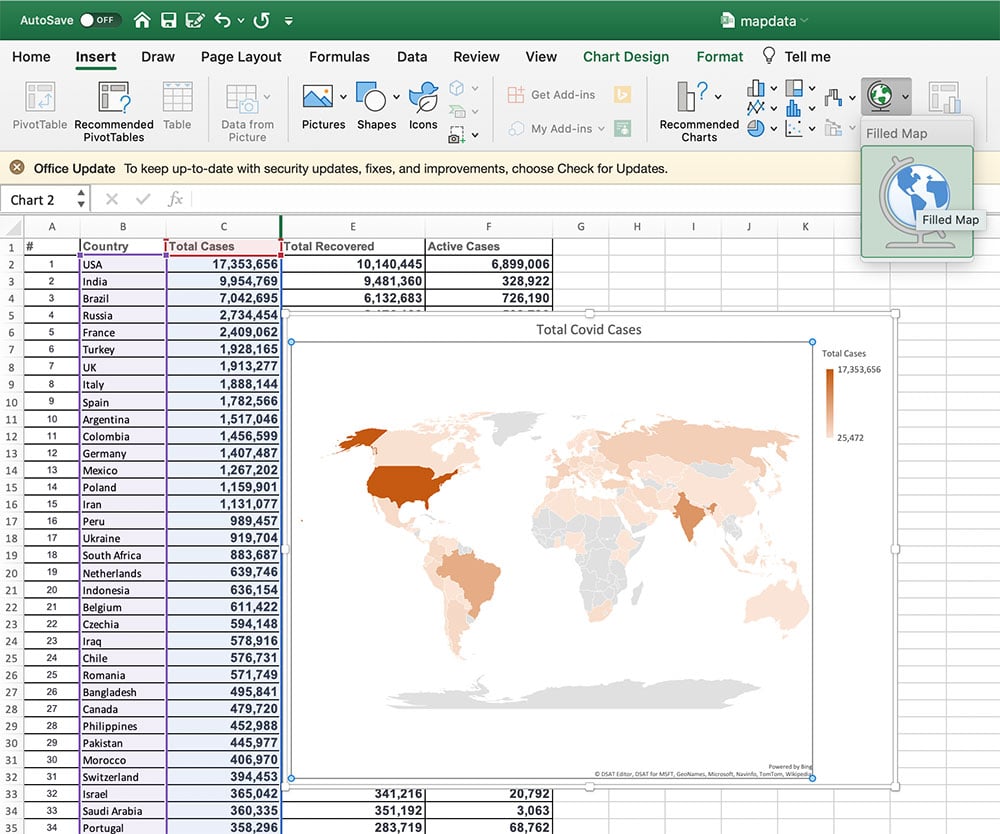

- #Heat map vs click map how to#
- #Heat map vs click map download#
This list gives you a point of direction on where to start your user research. These metrics include views, visit time, engagement, total clicks, scroll percentage and size of the page. This list also gives you a summary of all the various metrics for those pages. Our heatmap list tells you what pages are performing, and what pages have room for improvement. To read a specific heat map you can start out by looking at the total number of pages that have a heat map.
#Heat map vs click map download#
You can even download or share heatmaps with team members or use them as visual data representations in presentations or decision making processes. The result is the best and most extensive heatmap solution on the market. You can slice your data any way you want with our extensive filter options.
Continually updated with the latest data. When installed, Mouseflow automatically sets up heatmaps for all your pages and visitors. Mouseflow makes it easy to slice the data for your entire site any way you want. So when you do research, you want all the data available. Often, we end up in an entirely different place than we imagined. We start in one place or with one question and follow it to its conclusion. Using Mouseflow heat maps for user research They do not matter if you don’t use them for action. They don’t have meaning unless you give them one. While heat maps are unbeatable at measuring user engagement, they’re still just that: measurements. So, you want to improve customer experiences? Heat maps are the best way – but how do you as a marketer, designer, CRO consultant or webmaster make it work for your business? #Heat map vs click map how to#
How to read, understand and analyze a heat map?
get distracted by non-important elements. fail to reach important content or ‘calls to action’. And we’ll give you a quick run through of how these groups normally use heatmaps in their work.Īll four roles benefit from tracking why users: We mentioned UX designers, Marketing Professionals, Digital Analysts and Product Owners earlier. So it contains immense value for your whole team, even though the individual team members may focus on very different aspects of the site. Heatmaps let you easily spot trends in the way your users interact with your site. Our website heatmap tool provides an easy way to understand your website visitors’ on-page behavior. A good heatmap crunches the forest of data and highlights issues and actionable insights that help you make better business decisions. In short: You should use heat maps because they’re intuitive. Knowing exactly how your users use your site makes your job much easier. Heat maps give you reliable insights into how you improve your site and boost your conversions. This saves you countless hours of work and frustration. 
They allow you to see through all the data and easily spot the underlying trends – without having to crunch numbers or compare metrics. Heatmaps measure user interactions and convert them into insights. However, you still need to understand their customer journey like you were sitting right next to them when they are visiting your website.Īnd a heatmap will let you do exactly that. And even if you do, they might not know what they want from a website or might not know how to express it. If you are a UX designer, a Marketing Professional, a Digital Analyst or a Product Owner, this is even more true. The issue is finding out what makes your users happy. Happy users buy more, subscribe more or consume more content.

All websites want the same thing: happy users.







 0 kommentar(er)
0 kommentar(er)
